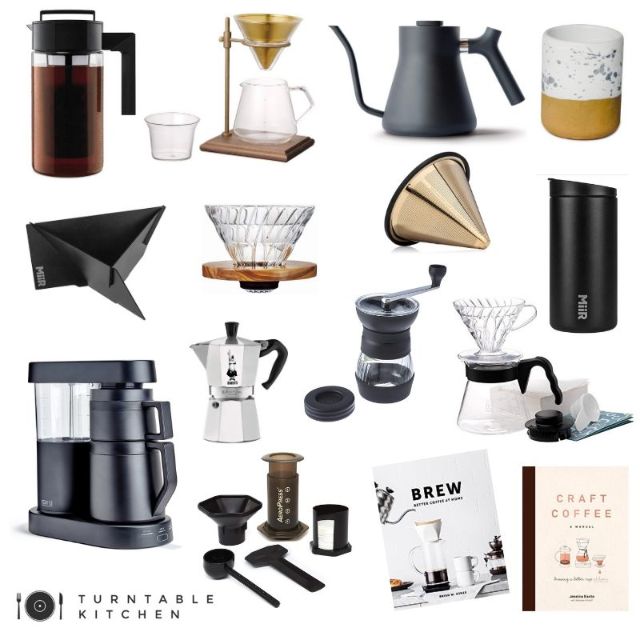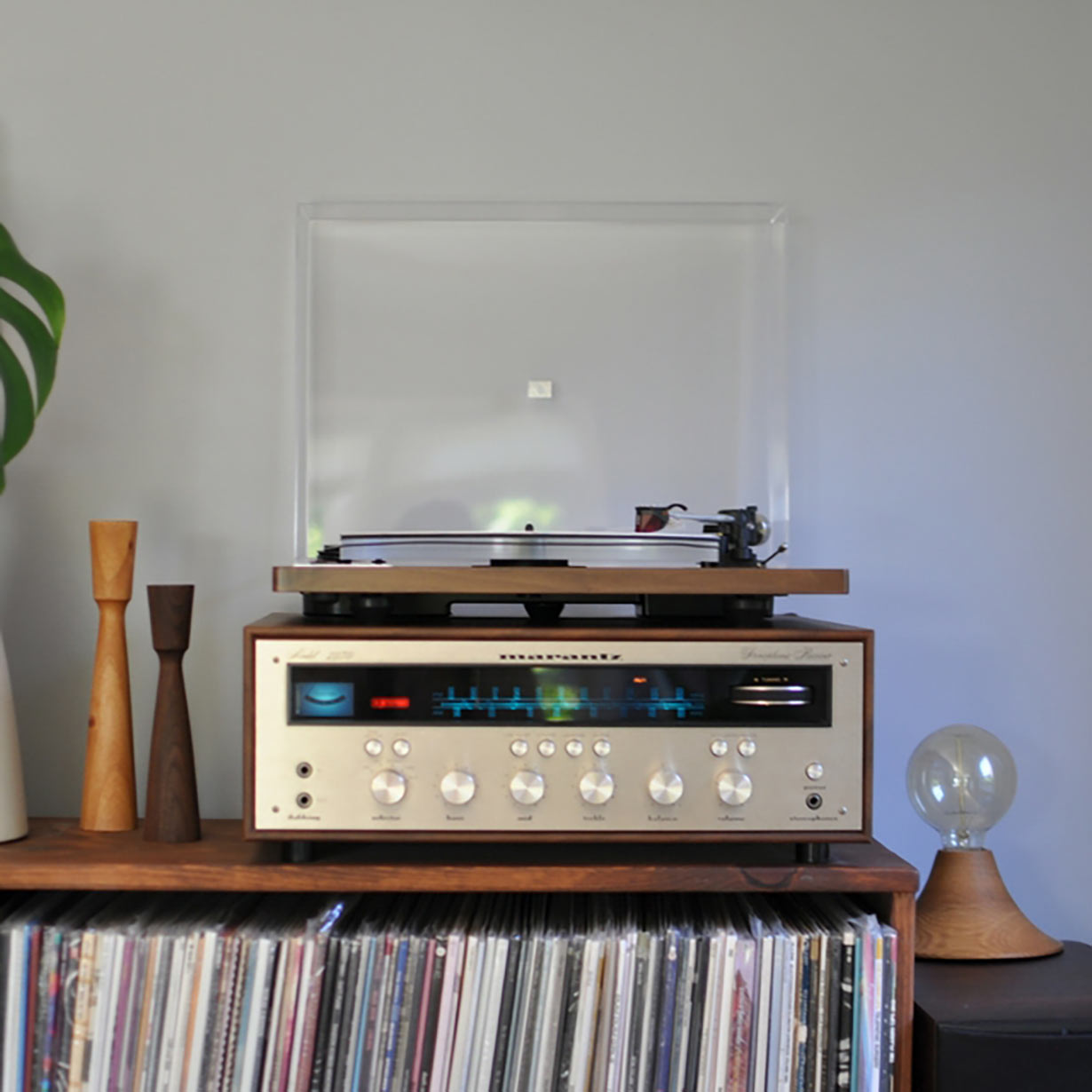Matt and I are pretty serious beverage enthusiasts. We love coffee, tea, wine, and beer, but we rarely focus on beverages on TK. I ‘met’ Alexis via Twitter and quickly started following her blog, teaspoons and petals, where she writes about tea, tea infused recipes, and related topics. When she asked me if I’d be interested in having a her contribute a piece to TK about tea, it took me a while to say yes. We’ve never had anyone contribute a post to the site! But, the more I thought about it, the more I realized: why not? Though I love tea, it’s not an area I specialize in (Alexis is a tea writer and consultant). I thought it would be fun to give readers a special weekend treat, since sitting down and enjoying a cup of tea is something I do often on the weekends and beverages can be as much a part of the food and wine experience as the dishes. ~Kasey
It takes time, water and a little bit of music. Oh, and don’t forget the leaves. Steeping tea has become one of my daily rituals. Truly, it’s a sacred part of my day that has synchronized with the beats of my heart. I’m talking about the art of the steep, the dance of the leaves, and the sheer joy of that steamy first sip that revives the soul.
But before we dive into teas that make me jump for joy, let’s start with the basics. The blank canvas, water. Before the leaves paint it shades of deep amber, golden yellow, earthy red or rich brown, it needs to be nurtured by gentle heat. Every steep longs for a water temperature of its own (just take a peek at the packaging). Although if you prefer to memorize a few basic guidelines before you jump into specifics, here you go: White (170-180 degrees) Green (160-180 degrees) Oolong (180-190 degrees), Black (212 degrees) Puerh (212 degrees) and Herbal (212 degrees). Before we go any further, just promise me one thing: That you’ll never boil your green tea. The extremely hot water will burn most delicate green tea leaves (that experience very little processing) and cause the tea to taste bitter. Do you enjoy a piece of burnt toast? I didn’t think so.
Whether straight from the tap (if you’re in a pinch) or filtered (my preference-I adore Mavea pitchers), make sure that the water starts out cold (which flows directly from the pipe to your cup, rather than sitting in a hot water heater and mixing with chemicals). I prefer filtered water as it minimizes the chlorine content that you find in most tap water, which completely alters the tea taste.
Pour the cold, filtered water in your teapot and stay close to the stove. Wait, put down the electric kettle or the device that heats your water to an exact temperature (on my wish list). While they’re magical machines, it’s best to start at the stove and learn to listen to the warming water over the fire. Settle into the peace of just breathing and listening, because that really is the beauty of tea.
You’ll slowly start to hear a rumble within the kettle. Then maybe a little steam will puff from the spout. A soft whistle will gradually grow into an assertive scream to announce its boiling point. It’s about listening to the water as it carries a rhythm like a soft jazz scat meandering into the belt of a true diva. At its core, water is the music to any tea tune.
Use the boiled water for a black, puerh or herbal steep to coax out its true flavors. If you’re feeling a bit overwhelmed, don’t fret. You’ll be a tea enthusiast before you know it. Let the water cool in the kettle for two minutes for an oolong steep. If you’re craving a green or white cup, then listen to a favorite song or two as it cools for about 5 minutes. Experiment with the basic guidelines to uncover your perfect sip.
Fall in love with water and then it’s time for tea. But that’s another story.




